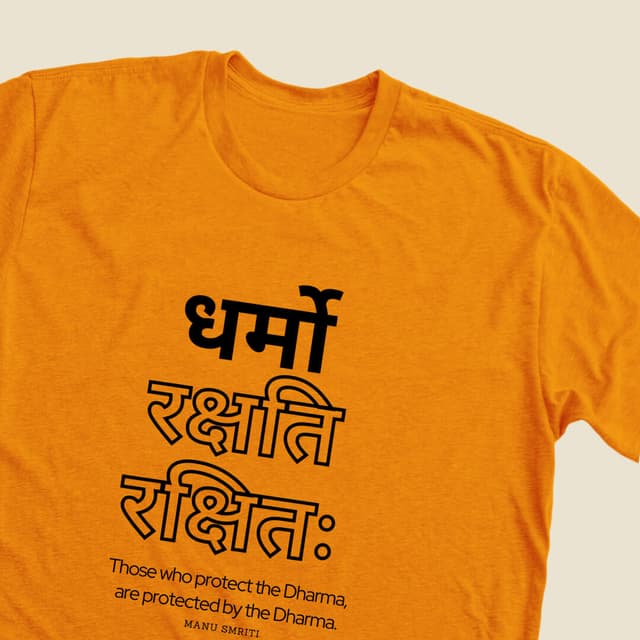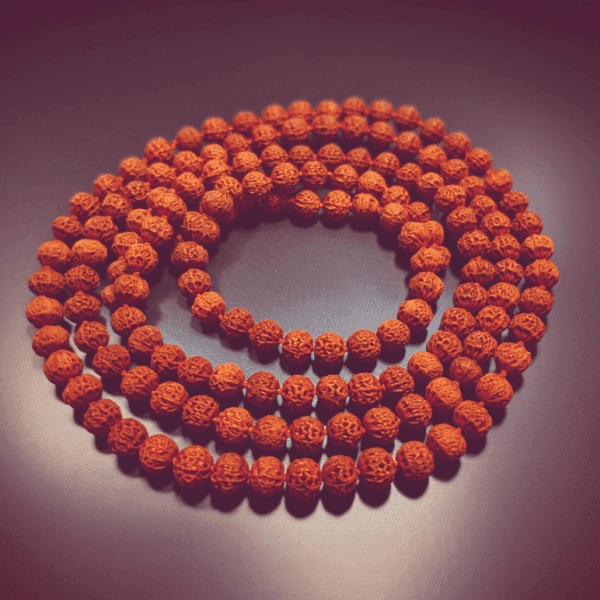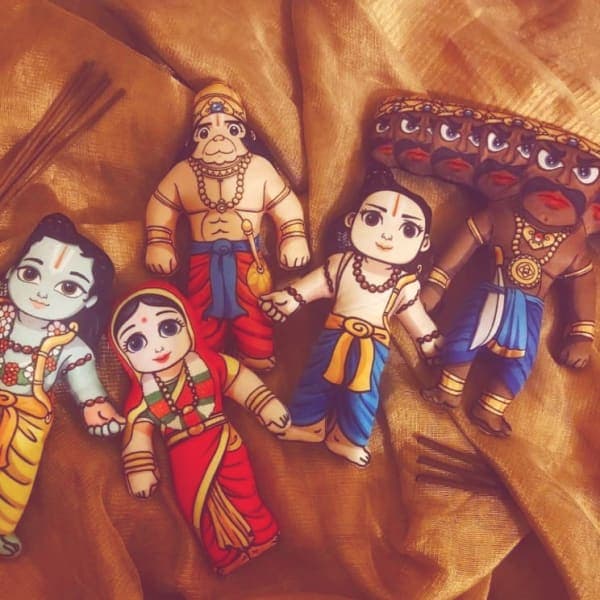AADI BRAHMA TEMPLE
Uttar Sal Mandi, Himachal Pradesh
There are six Brahma temples In Himachal Pradesh. The Aadi Brahma Temple in Kullu’s Khokhan Valley is the most popular of all these temples. Penelope Chetwode, a well-known British lady explorer, and her crew also wrote about this temple.
TIMINGS
Open throughout the week: 5 AM to 9 PM
Closed during winters
Architecture
Kullu's Aadi Brahma Mandir is an architectural marvel built in the Himalayan Pagoda Style. The deity's palanquin is preserved in a village on the other side of the mountain. The deity only comes to the temple when he has to meet another deity or a festival or community event. In the Garbh Griha (Sanctum Sanctorum), the idol of Lord Brahma is worshipped. All the images are vast and present the excellent craft of the artists. The images are adorned with rich draperies and ornaments. The complete building, built entirely of stone, wood, and schist slate, stands around 20 meters tall. The continuous repair work going on since the late 1960s has done more harm than good to the temple. Random structures and private properties have been built on every inch of the accessible open area near the temple. The temple's front view is obstructed by a concrete building built close to the entrance. The local panchayats and district administration built a new gate and painted it bright, but they neglected to maintain the main temple tower.
If it weren't for religion, the state could look after these temples to preserve Himalayan architecture. There is money, rules, and regulations, but there is no will. Despite all of the botched repair efforts, the temple remains a masterpiece of Himalayan timber building. The wooden bells that hang from the temple's top make hypnotic noises. This temple is thought to have been erected in the 14th century, approximately 1350 A.D. The Parashar Temple in Mandi was also built simultaneously, and the two temples share striking similarities.
...




